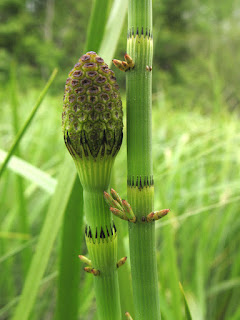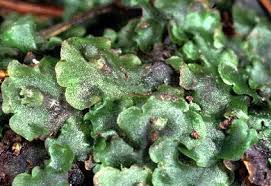*habitat-they live in fresh water, marine water or moist soil. some are free living some are parasite.
*segmentation-metameric segmentation is found. the ring like grooves are called annuli,each segment is called metameres. the first segment is called peristomium, and d the last segment is called prostomium.
*symmetry-bilateral
*germ layers- triploblastic
*level of organization-organ system level
*setae and parapodia-setae are often present in annelida, in Nereis parapodia is found. leaches are its exception.
*body wall- body is covered by cuticle.
*body cavity-schizocoelic coelom
*skeleton- hydrostatic skeleton
*digestive tract is complete.
*respiratory organ-cutaneous respiration , branchial respiration(respiration through gills)
*blood vascular system- it is usually closed type.presence of erythrocruorin.
*excretory system- it consists of nephridia.
*nervous system-it consist of nerve ring, nerve cord , ganglia
*receptors- tactile receptor,gustatoreceptors are usually found.
*sexes- both unisexual and bisexual.
*development- it is mostly direct.
*annelida is classified on the basis of presence and absence of setae-
polychaeta-they have well developed parapodia with numerous setae. e.g.- Nereis
oligochaeta-the body has simple and few setae. e.g.-Pheretima
hirudinea-there are no parapodia or setae. e.g.- leaches
*e.g. of annelida-Nereis,Aphrodite, Sabella, Arenicola,Pheretima, Lumbricus, Tubifex, Hirudinaria etc
*segmentation-metameric segmentation is found. the ring like grooves are called annuli,each segment is called metameres. the first segment is called peristomium, and d the last segment is called prostomium.
*symmetry-bilateral
*germ layers- triploblastic
*level of organization-organ system level
*setae and parapodia-setae are often present in annelida, in Nereis parapodia is found. leaches are its exception.
*body wall- body is covered by cuticle.
*body cavity-schizocoelic coelom
*skeleton- hydrostatic skeleton
*digestive tract is complete.
*respiratory organ-cutaneous respiration , branchial respiration(respiration through gills)
*blood vascular system- it is usually closed type.presence of erythrocruorin.
*excretory system- it consists of nephridia.
*nervous system-it consist of nerve ring, nerve cord , ganglia
*receptors- tactile receptor,gustatoreceptors are usually found.
*sexes- both unisexual and bisexual.
*development- it is mostly direct.
*annelida is classified on the basis of presence and absence of setae-
polychaeta-they have well developed parapodia with numerous setae. e.g.- Nereis
oligochaeta-the body has simple and few setae. e.g.-Pheretima
hirudinea-there are no parapodia or setae. e.g.- leaches
*e.g. of annelida-Nereis,Aphrodite, Sabella, Arenicola,Pheretima, Lumbricus, Tubifex, Hirudinaria etc
PHERETIMA
LEECH
NEREIS





















































